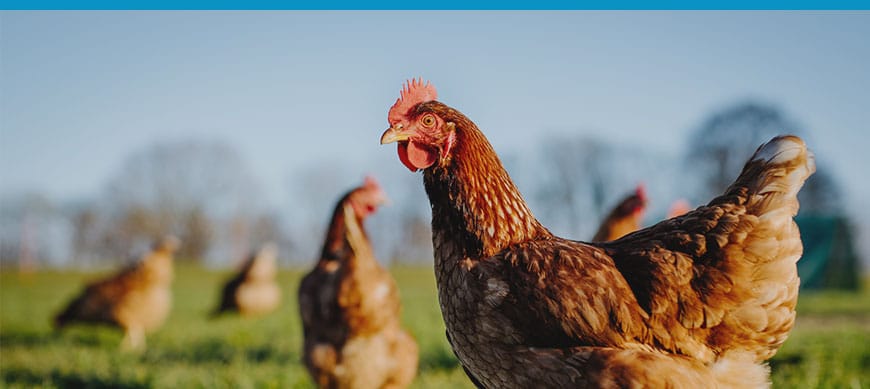SelectScience spoke with Prof. Jean-Luc Guérin, Veterinary School of Toulouse, about his research into a new combinatory approach to avian biosecurity, with an emphasis on early detection where our Coriolis Air Samplers have been used.
Following the first recorded emergence in 1996, Avian influenza Type A outbreaks have periodically occurred across the globe, infecting wild aquatic birds, other wild birds, and critically, domestic poultry. Since early 2020, Europe has seen and is still experiencing, one of the largest highly pathogenic avian influenza (HPAI) outbreaks to date, with 1,672 detections recorded between February 24 and May 14 this year.1 Thankfully, human cases remain rare.
With this peak in infection cases, mortality in poultry farms is as at an all-time high and HPAI persists among wild birds. In response, European officials have advised farmers to enhance their awareness and to continue to employ strict biosecurity measures in order to monitor new cases and, ultimately, reduce transmission events.1
Jean-Luc Guérin is a professor in poultry medicine at the Veterinary School of Toulouse, France, and head of the IHAP Joint Research Unit (INRAE-ENVT). His main duty is to teach about avian pathology, avian viruses, and the sanitary risks of poultry in connection with public health. His core line of research involves studying the basic biology of avian influenza viruses and how to translate findings to improve biosecurity. In this exclusive SelectScience® interview, Guérin discusses his ongoing research exploring the potential of aerosol and dust-based monitoring systems, and how this technology might give farmers the edge they need to bring the situation back under control.
Read more about it on SelectScience >>>
Any other questions ? Contact us!>>

